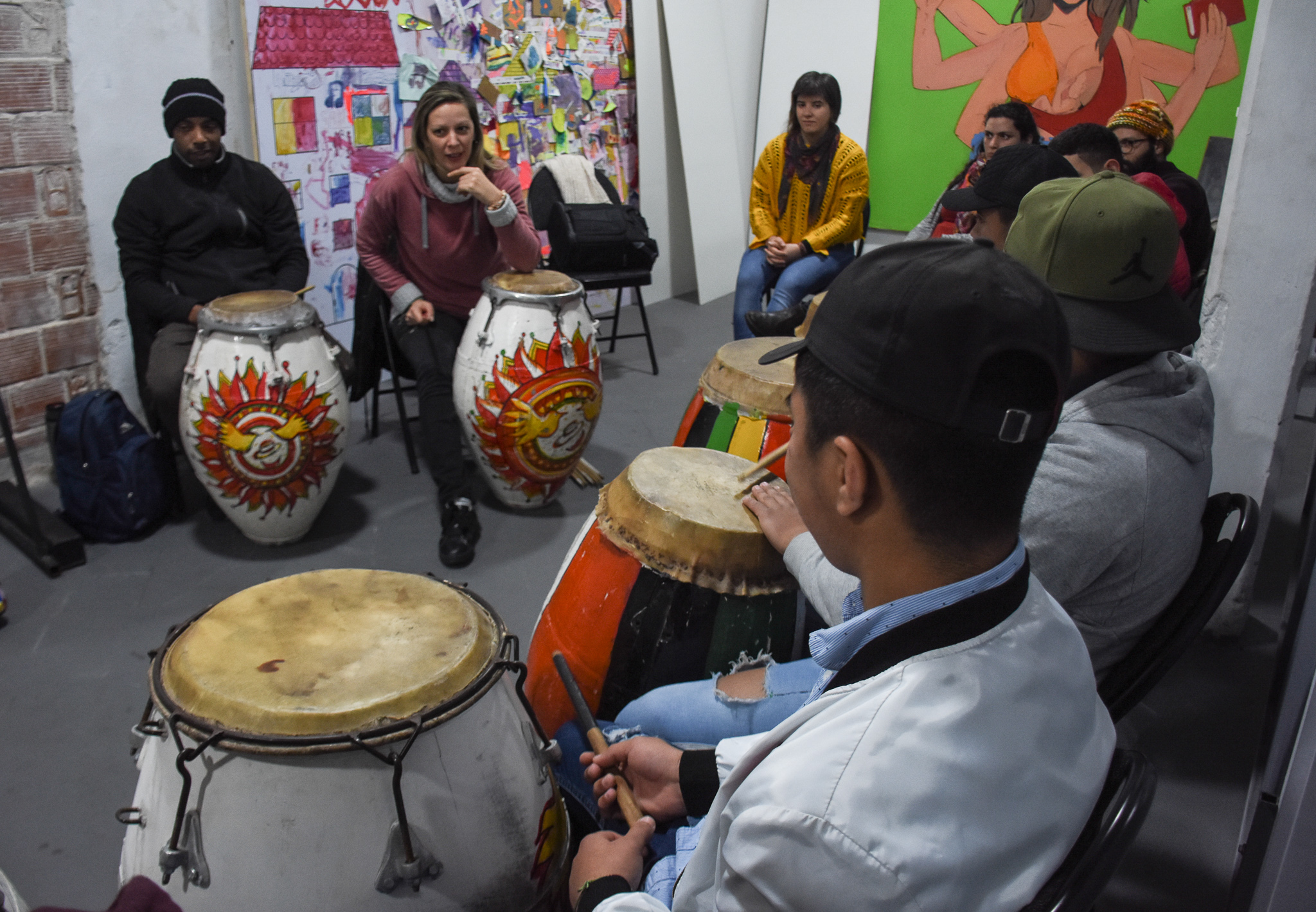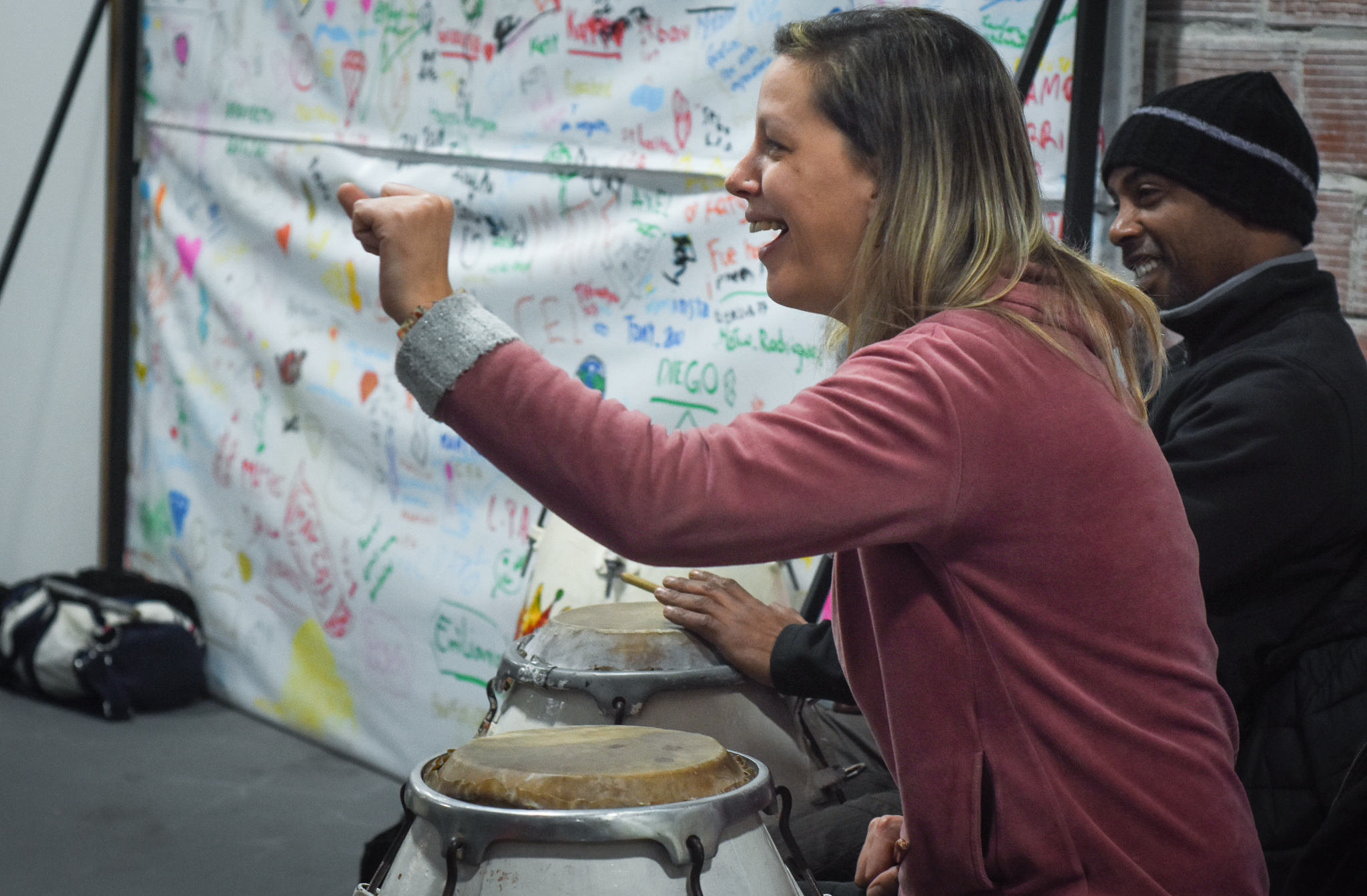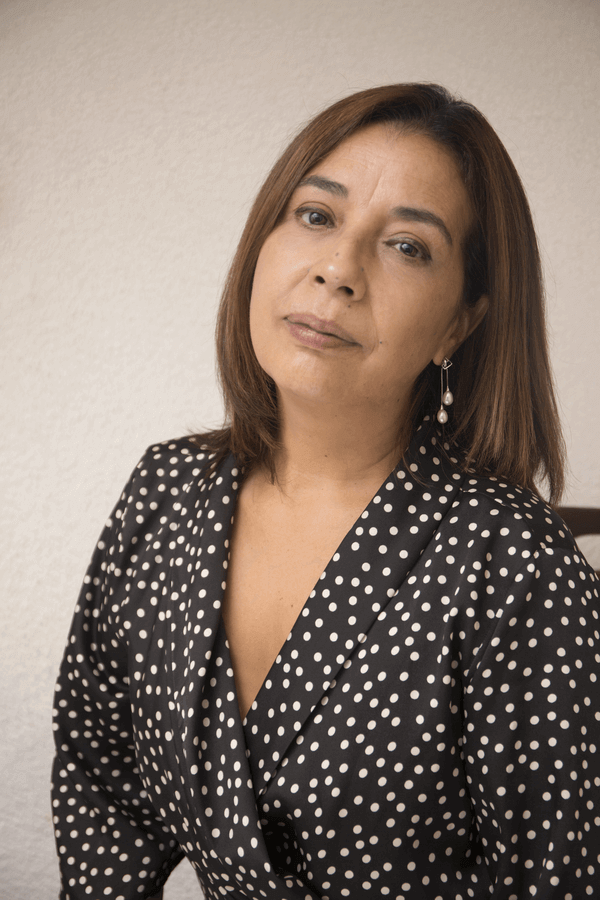The program is managed and administered by the Secretariat of Education for Citizenship of the Montevideo City Council in cooperation with the national body responsible for young people and adolescents in conflict with the criminal law. Implementation is carried out through hiring an NGO (Non-Governmental Organization) with experience in the subject matter and context. The NGO is contracted by the City Council through an open call for tenders.
The 2018 pilot included eight workshops, held over a two-month period. Each workshop ran for two hours, with groups of 10 to 15 participants. It was attended by two educators (in charge of planning and content), a guest with expertise in some of the themes of Carnaval (makeup, costumes, percussion, dance and singing) and was followed-up by a social team from the Secretariat of Education for Citizenship in order to comply with the socio-educational process.
One of the goals was to create a working environment that would provide a sense of fun, commitment and enjoyment. The workshops combine theoretical components with practical exercises to guarantee that participants remain attentive. Different forms of cultural expression are explored during the workshops (music, dance, make-up application and costume making), providing participants with an opportunity to choose their favorite mode of expression.
At the conclusion of the final workshop a performance was held. This included the participation of educators from the centers and the families of the adolescents and young people. This provided a space for empowerment, reaffirmation of self-esteem and appropriation of the experience, through which they were able to explain their personal and collective achievements to the outside world.



